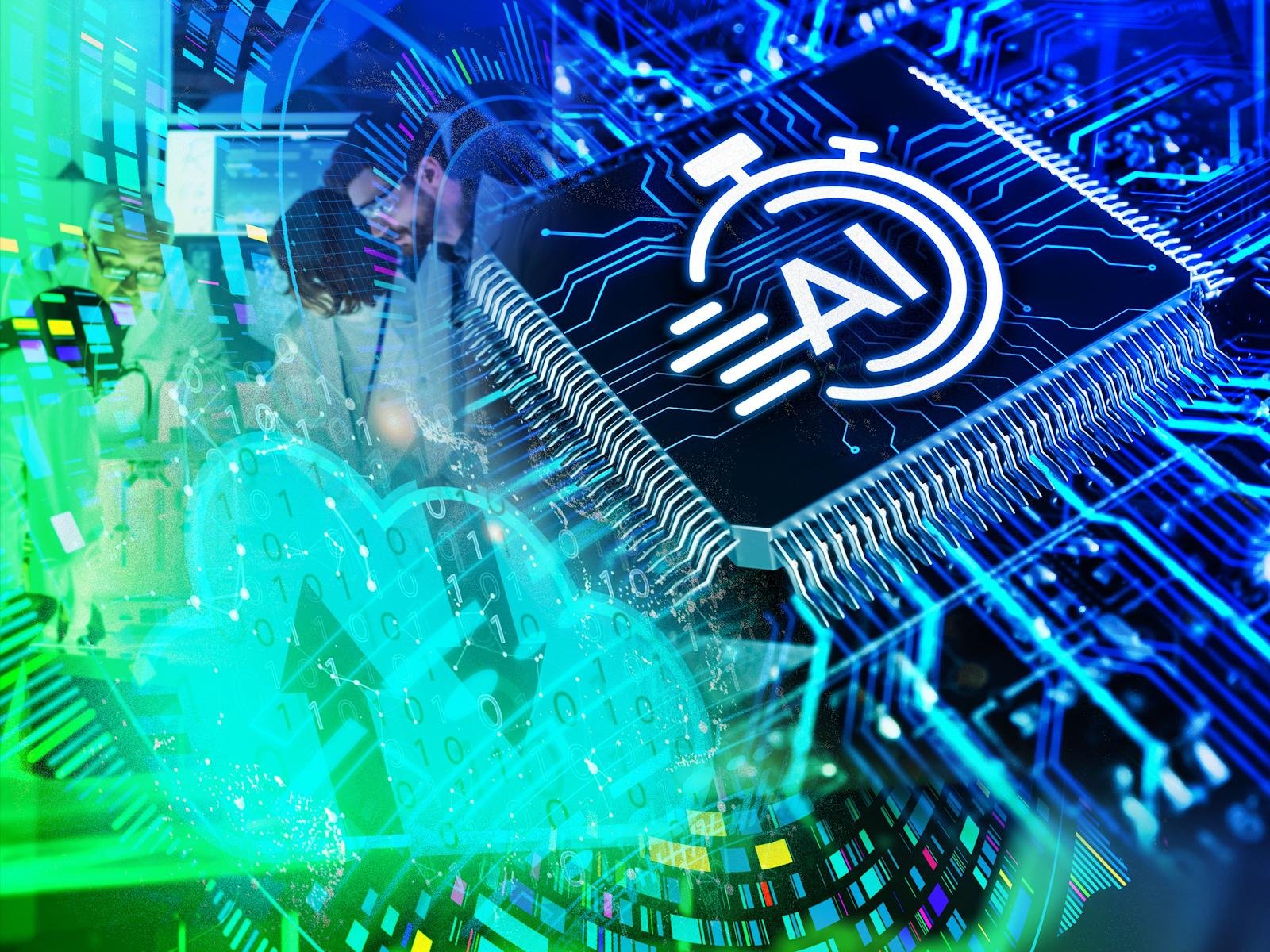In a groundbreaking collaboration, Microsoft and the Pacific Northwest National Laboratory (PNNL) have leveraged artificial intelligence (AI) and high-performance computing (HPC) to revolutionize battery materials research. This partnership has led to the discovery of a novel battery material, marking a significant advancement in sustainable energy storage solutions.
Key Highlights:
- Microsoft, in collaboration with Pacific Northwest National Laboratory (PNNL), has utilized AI and HPC to discover a new battery material.
- The initial dataset comprised 32.6 million potential materials, narrowed down to 18 final candidates.
- The final material, a solid-state electrolyte with reduced lithium usage, could significantly impact battery sustainability.
- The AI and HPC methods significantly accelerated the research process, reducing it from decades to just a week.
- This breakthrough signifies a new era in material science and sustainable technology, highlighting the power of AI in scientific discovery.

Accelerating Discovery with AI and HPC
The collaboration began with an extensive dataset of 32.6 million potential materials. Microsoft’s Azure Quantum Elements, a cloud-powered HPC resource, was pivotal in rapidly filtering these candidates. The AI models predicted the stability and properties of various materials, significantly speeding up the research process compared to traditional methods.
The AI-driven approach identified around 500,000 materials predicted to be stable, which were then screened for functional properties like redox potential and band gap. This process narrowed the candidates to about 800. Subsequent physics simulations combined with AI models further reduced the number to 150. Practical features such as novelty and element availability were considered, leading to the final selection of 18 top candidates.
The New Battery Material: N2116
The material identified as N2116 is a solid-state electrolyte promising a sustainable energy storage solution. It has the potential to reduce lithium use by up to 70%, addressing the growing concerns around lithium mining’s environmental and ethical impacts. The material is a combination of lithium and sodium, offering a balance between material supply and energy density.
Impact and Future Prospects
This discovery is not just a scientific achievement but a testament to the power of AI in accelerating innovation. It illustrates the transformative role of AI in material exploration, potentially compressing centuries of scientific progress into mere decades. The development of N2116 demonstrates AI’s potential in uncovering solutions to global issues like sustainable energy and environmental preservation.
Broad Applications and Future Directions
The AI-HPC combination used in this research has broad applications beyond battery materials. Microsoft’s AI tools, trained for chemistry, can be applied to various materials research. This advancement demonstrates how technology can drastically reduce the time and resources needed for scientific discoveries. The ability to quickly analyze massive datasets and predict material properties is a game-changer in the field of material science, potentially influencing a wide range of industries from renewable energy to pharmaceuticals.
The collaboration between Microsoft and PNNL has set a new benchmark in material science research. By harnessing AI and HPC, they have not only identified a promising new battery material but also showcased a faster, more efficient approach to scientific discovery. This advancement could be a significant step toward more sustainable and efficient battery technologies, opening new possibilities for environmental conservation and resource efficiency.


















